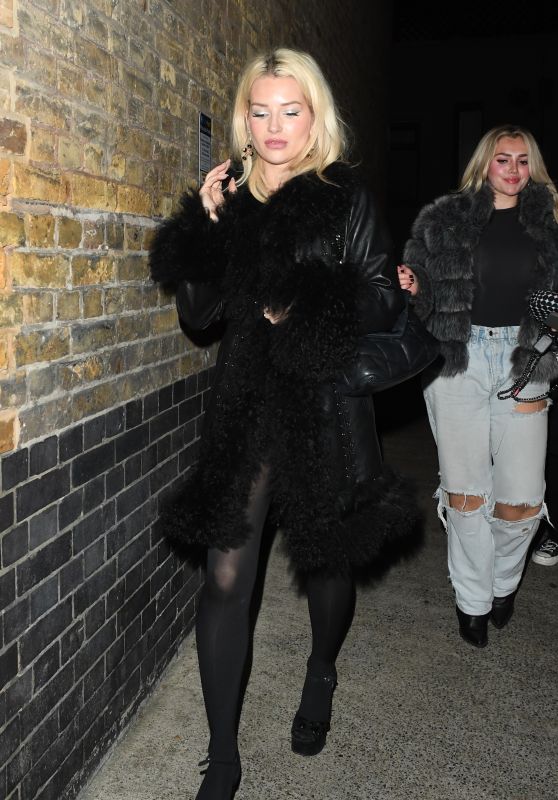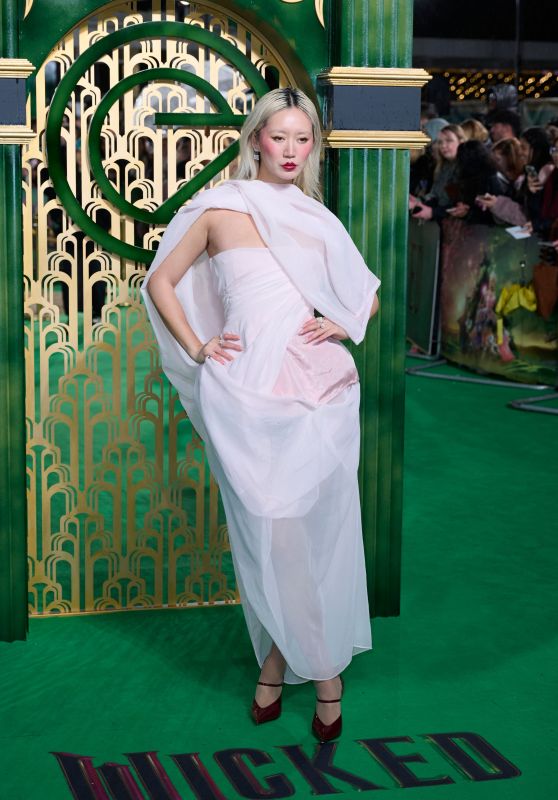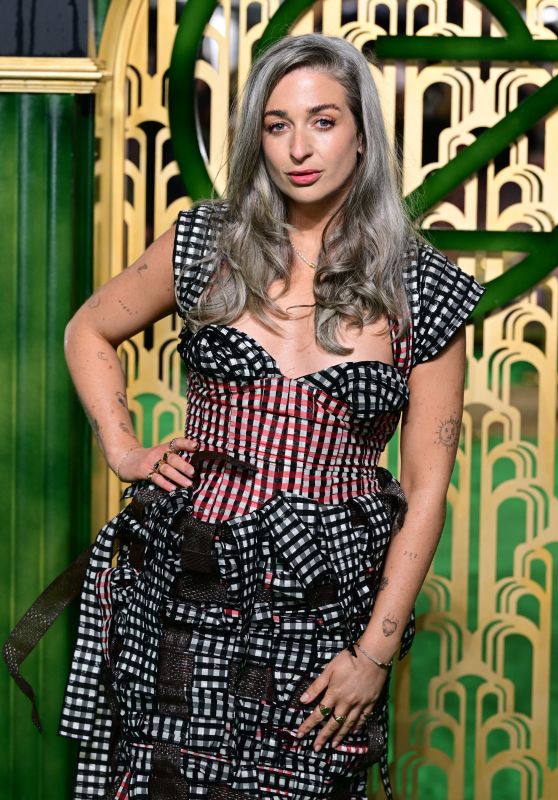[This story contains major spoilers from the finale of The Penguin.]
In a time where “comic book movie and TV fatigue” is often called into question, The Penguin — the eight-part miniseries starring Colin Farrell and developed by Lauren LeFranc that recently came to a conclusion — has become a huge critical and ratings success for HBO. It’s also another feather in the cap of executive producer and supervisor, Matt Reeves, whose relaunch of the Batman franchise with the Rob Pattinson-starring The Batman (2022) is one of the few things to remain and exist within its own separate continuity, following the restructuring of WB and founding of James Gunn and Peter Safran’s DC Studios and newly minted DC Cinematic Universe (DCU).
Dubbed one of the best comic book shows — a claim this writer will support — the series has been compared to The Sopranos for the way it lends its crime drama tropes to prestige television and to The Watchmen for its character-driven perspective and exploration of themes dealing with class, respect and disability. Though, as with anything, there is a demographic of viewers who, since the first episode, have claimed the series is embarrassed of the comic book material, with the change of Oswald Cobblepot’s name to Oz Cobb in the series being a major sticking point, along with the character’s lack of top hat, monocle, arsenal of trick umbrellas and bird puns.
There’s an interesting discussion to be had about why this series soars, not because it undermines the Penguin’s source material and prior adaptations, but because it utilizes and consolidates them to create a unified vision of the character that is grounded in emotional logic but never forgets it’s dealing with larger-than-life characters.
While the Penguin character created by Bill Finger and Bob Kane is rarely cited as the favorite of Batman’s rouges gallery, he has remained one of Batman and Bruce Wayne’s most interesting and recognizable foils since his debut in Detective Comics No. 58 (1941), where he appeared as a short-statured underling of a nameless crime boss tasked with stealing priceless paintings. When insulted by the crime boss, Penguin quickly killed him with an umbrella gun and positioned himself as the new leader of criminal enterprise. The core of this origin story is maintained in The Penguin. Greater depth of character and motivation is granted, of course, but as the opening episode displays, Farrell’s Penguin is still a thief, posing as a man of class who proves to be ruthlessly violent when mocked. In the cold open of the series, Oz viciously murders the new head of the Falcone crime family, Alberto (Michael Zegen) and, over the course of eight episodes, he does what he did in one panel in Detective Comics No. 58. And that’s no slight to the runtime of the series, but rather a highlight of what The Penguin does so well.
The series pulls these little moments out of the comics, and rather than dismissing the substance of these moments that many would otherwise glance over to move onto the next pane, it expands upon them. Oz’s murder of his brothers, shown in the seventh episode, “Top Hat,” borrows from Penguin: Pain and Prejudice (2011) by Gregg Hurwitz and Szymon Kudranski in which Oz, lonely and desperate for love, sets up “accidental” deaths for each of his three bullying brothers, and ultimately keeps his sick mother bed-bound in his residence. LeFranc adds further layers to this scenario in the series, in which his brothers aren’t tormenters but rather stand in the way of what he wants: his mother’s complete attention and undivided love. The depiction isn’t all that different from the comics, but it contextualizes Oz’s inability to reckon with his own monstrous cruelty as he instead convinces himself that he’s a victim in need of an opportunity to be a great man.
The Batman took this same approach to comic books. While Batman: Year One and Batman: The Long Halloween are obvious influences, previously cited in Christopher Nolan’s Batman Trilogy, Batman: Ego was a fresh comic book reference that dove into the psyche of Bruce Wayne/Batman and arguably had more influence on the film and characterization than anything else. I’d argue that Oz’s rejection of aesthetics associated with the Penguin of the comics has nothing to do with an embarrassment of source material, but the need for there to be an emotional justification behind it. In the same way we understand the emotional reasoning behind why a wealthy man would dress up like a bat and call himself Batman, there must be a emotional reasoning why a man which a physical disability would submit to calling himself the Penguin and wear a tuxedo and top hat. And by the end of The Penguin, we see the reasoning behind Oz moving closer to his comic book counterpart.

Within that frame of mind, The Penguin finds itself in a unique position, particularly when compared to the other Bat-villain centric narrative of the season. Joker: Folie a Deux, a sequel to a billion-dollar film, also in its own separate continuity unrelated to The Batman or DCU, starring a version of Batman’s most popular adversary, failed to connect with audiences or critics despite its similar prestigious aesthetics and social considerations. It’s worth noting that the two villains are the most frequent to team-up against Batman, a tradition going back to 1944. But in terms of these most recent adaptations, what makes one a success and the other, at least in terms of audience and critical consensus, a failure?
In part, it’s because Joker is so heavily utilized, with new versions of the character appearing on screen in quick succession and even simultaneously, there’s a need to make drastic changes to each iteration. And while this certainly works in terms of the concept of the Joker’s origin being multiple choice — a concept introduced in Alan Moore and Brian Bolland’s The Killing Joke, which subsequent writers have run wild with — it also opens the door for a lack of consensus on the character, and denies audiences the opportunity to seeing the character become the iteration they know from the comics.
Even as celebrated as Heath Ledger’s performance as Joker is, there were still hopes at the time that his carved smile would be replaced with the chemical perma-grin. Jared Leto’s less-celebrated performance of Joker kept the chemical origin but tatted him out like a trap rapper and gave him the wardrobe of a gangbanger in order to make him distinct from Jack Nicholson and Ledger’s portrayal. And Joaquin Phoenix’s Arthur Fleck, who audiences expected to evolve into the Joker who Batman would later come to blows with, isn’t the Joker, just an inspiration for the real one. So, when the Joker can be anyone, with a methodology that changes significantly from appearance to appearance, the question of who is the Joker outside of a namesake lingers. It’s certainly an interesting approach that has been utilized to great and poor effect, but it does prevent a kind of trackable evolution of character.
The Penguin doesn’t run from previous versions of Oswald, but uses elements brought to the table by Burgess Meredith, Danny DeVito and Robin Lord Taylor. From the chain-smoking and boisterous nature, the underground lair, setting up residence at the Zoo (a condemned apartment complex in the series), and designs on becoming mayor of Gotham to a gradual rise to power and uncomfortable affection shown to this mother, respectively. In creating constants for the character, The Penguin‘s Penguin more fully exists as a foil to Bruce Wayne and Batman, as the show highlights.
Rather than utilizing the post-Crisis comic book origin in which Oswald is a member of one Gotham’s wealthiest and oldest families, here he is impoverished — hence the more common sounding surname Cobb rather than Cobblepot — and left to fight for scraps, whereas Bruce has everything at his disposal. Where Bruce would have likely been healthier and happier if he had siblings to rely on, Oz rejects and kills his. Bruce is a recluse who hates the public spotlight, whereas Oz loves the attention, driving around in a flashy purple sports car and drawing attention to himself. And while Batman has yet to find a Robin in this universe, Penguin finds his own equivalent in Victor Aguilar (Rhenzy Feliz) whose origin not only echoes that of second Robin Jason Todd, he’s also beaten with a crowbar later in series.
Over the course of the series, Oz brings Vic up like his would-be successor, further mirroring the role of Robin, only to brutally strangle him in the final episode, out of a fear of both loving someone else and someone else being more loved than he. Oz even has his own femme fatal in show-stealer Sofia Falcone (Christin Milioti), Selina Kyle’s half-sister who, while not drawn to Oz in a sexual way, proves to be his equal in the same way that Catwoman serves as Batman’s. What Bruce and Oz have in common is their inability to let go of their mothers, with the tragedy Martha Wayne nee Arkham defining Bruce’s quest for vengeance, and Francis Cobb (Deirdre O’Connell) being left in a vegetative state after a stroke at the end of the series, who is kept alive in a living state of hell by Oz who refuses to let her go. Even in Batman’s absence in the series, his presence is there and the series ends teasing a showdown between two boys who long for their mothers, caught in a cycle of playing dress-up.
For all the ways in which the show has become acclaimed — and to a significantly lesser degree, accused of shaking off the influences of comic books and comic book movie and television influences — the series couldn’t work without them. The Penguin is populated by great performances, great direction and writing. But what brings everything together is Reeves and LeFranc’s ability to not just look at comic stories as presented, but to look within the gutters separating the panels of Batman comics and conceive of a story within that space where before and after reside, and adapt these legends as characters both indebted to the truth of the past and in service of our modern concerns. At their best, that’s what comic book adaptations should do. And within those gutters, Gotham becomes a place with a deep sense of history and a future befitting of a saga.
***
Read THR‘s post-finale interviews with showrunner Lauren LeFranc, star Colin Farrell and executive producer Matt Reeves. The Penguin is now streaming all episodes on Max




















 English (US) ·
English (US) ·